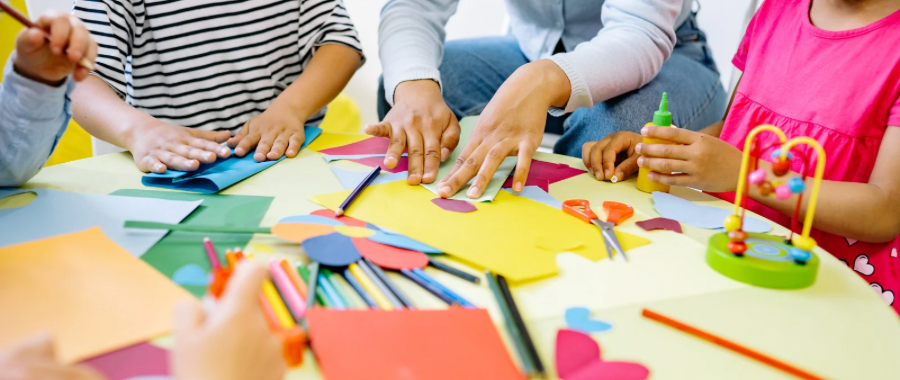Blog
Hands-On Learning: The Most Effective Way to Learn

Studies have shown that kinesthetic learning, also known as hands-on learning, is one of the most successful ways for students to retain information. Unlike traditional lectures, hands-on learning involves students actively participating in physical activities related to the subject matter. This approach allows them to gain a deeper understanding by "doing" and "engaging" with the material to solve problems or create something.
What is Hands-On Learning?
Hands-on learning is a participatory form of education where students actively engage with the subject material through physical activities. Teachers can incorporate hands-on activities into almost any subject. Here are a few examples:
- Science: Conducting experiments
- History: Reenacting historical events
- Math: Solving problems through games and activities
- English: Writing poems or creating presentations
- Critical Thinking: Playing strategic games
Benefits of Hands-On Learning
Hands-on learning offers several advantages over traditional learning methods:
- Improved Knowledge Retention: Hands-on activities engage both the left and right brain. The left brain handles logic and analysis, while the right brain deals with visual and spatial processes. By stimulating both sides of the brain, students create stronger connections and retain information more effectively.
- Enhanced Attention: Traditional lectures can be tiring, leading to decreased focus. Hands-on activities, on the other hand, get students moving and engaged. This improves blood flow, heightens alertness, and encourages them to pay attention to instructions to complete tasks.
- Teamwork and Critical Thinking Skills: Teamwork and Critical Thinking Skills: Many real-world jobs involve collaboration and problem-solving. Hands-on activities provide opportunities for students to work together, fostering teamwork skills and critical thinking. They learn to solve problems creatively, delegate tasks, and find solutions collaboratively.
- Real-World Application: Traditional classrooms often focus on memorizing information for exams. Hands-on learning allows students to apply their newly acquired skills and knowledge to create something tangible.
- Increased Enjoyment of Learning: Hands-on activities make learning fun and engaging. This fosters a love for knowledge that can benefit students throughout their lives.
Take Advantage of Hands-On Learning
Whether you homeschool your child or supplement their classroom learning, incorporating hands-on activities into their curriculum can significantly improve their learning outcomes. Encourage them to share their knowledge through presentations, experiments, or even creating vision boards based on what they've learned.
Hands-on learning is a powerful teaching method that promotes a deeper understanding of subjects and fosters a love of learning. Here at The Thinking Kid, we actively encourage hands-on learning through breakout rooms, student presentations, and interactive class discussions. In what ways are your children using hands-on activities to learn? Share your ideas in the comments below!Leave a Comment:

John Doe says:
Cras sit amet nibh libero, in gravida nulla. Nulla vel metus scelerisque ante sollicitudin. Cras purus odio, vestibulum in vulputate at, tempus viverra turpis. Fusce condimentum nunc ac nisi vulputate fringilla. Donec lacinia congue felis in faucibus.

Mia Kelly says:
Cras sit amet nibh libero, in gravida nulla. Nulla vel metus scelerisque ante sollicitudin. Cras purus odio, vestibulum in vulputate at, tempus viverra turpis. Fusce condimentum nunc ac nisi vulputate fringilla. Donec lacinia congue felis in faucibus.
Luisa Smith says:
Cras sit amet nibh libero, in gravida nulla. Nulla vel metus scelerisque ante sollicitudin. Cras purus odio, vestibulum in vulputate at, tempus viverra turpis. Fusce condimentum nunc ac nisi vulputate fringilla. Donec lacinia congue felis in faucibus.